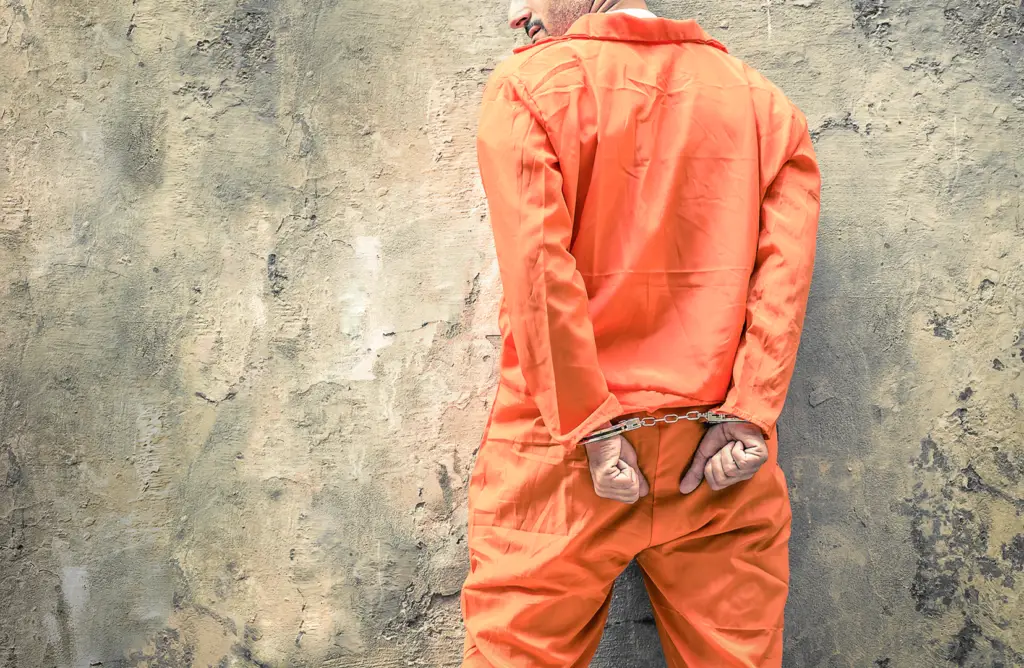The basis of rational choice theory is that people make rational decisions. They weigh the costs and benefits of a situation and then decide whether it’s worth it to go ahead and commit a crime or not. Rational choice theory is not interested in examining how certain psychological factors like for example psychopathy cause some people to commit crime. It is also not interested in sociological causes for crime, like how people’s criminal friends draw them into crime. Instead, rational choice theory focuses on opportunities for crime and how people make the decision to commit a crime when they are faced with an opportunity.
Rational choice theory assumes that there are very many potential offenders among us. Whether or not these potential offenders will actually commit a crime depends on the situation—if the costs of committing a crime in a particular situation outweigh the benefits, they will commit the crime. If the benefits outweigh the costs, they will not commit the crime. In other words, it is all about opportunities and how these opportunities present themselves.
Table of Contents
Bounded Rationality
It is easy to dismiss rational choice theory on the basis that humans are not fully rational creatures, that they do not coolly stop and make a list of the pros and cons of committing a crime before making their decision. But rational choice theory does not usually see humans as fully rational. Rather, they speak of “bounded rationality.” This means that offenders are reasoning human beings, and their choices are influenced by the opportunities that they happen to come across, but also by their own personal background, for example by their own moral values, their needs and wants, their intelligence, and so on.

So rational choice theory does acknowledge that criminal behavior can be motivated by factors in a person’s background—it just isn’t very interested in them. Instead, it is interested in opportunities for crime, and the way in which people make the decision to commit a crime.
Thus, if we want to find out why people commit crime, we need to analyze the costs and benefits of crime. These may be different for different types of crime. For example, here are some of the costs and benefits that people may take into account:

One of the costs is that they may get arrested by the police. They may also feel ashamed of themselves. Family and friends may disapprove of their behavior, and they might even lose their job or be expelled from school. On the other side are some of the benefits that could come with committing a crime. There may be financial benefits, for example when stealing something. One may get respect from peers, for example, when they win a bar fight. And criminal behavior, both property and violent crime, often also brings with it a sense of excitement and thrill.
Rational Choice Theory and Crime Prevention
Because rational choice theory puts the focus on crime and not so much on the offender, and because it focuses on opportunities and situations, it is easily linked to crime prevention. In line with rational choice theory, crime prevention is not a matter of changing the offender, but of changing the situation. In other words, it’s about making sure to change situations so that the benefits of committing crime are smaller than the costs. In order to do that, we need to study situations, find out what it is about these particular situations that makes them vulnerable to crime, and then change them. This is also called situational crime prevention.
In some cases, it is easier to see how one can change the situation to prevent crime than in other cases. Much of the early work on rational choice theory was done on crimes like burglary and how situational prevention techniques, such as camera’s and special locks, might prevent it. But situational crime prevention can also be applied to crimes like violence, for example by limiting the availability of alcohol. These are just examples of course. Situational crime prevention is a much broader field that needs its own description.

The Classic School
Rational choice theory is based on what is called “classical theory.” I have other videos on classical theory and its proponents, like Beccaria and Bentham. In short, it is based on the idea that humans possess free will, so they freely decide on whether or not to commit a crime. The main factors that people consider when making their decision are pleasure and pain: whenever they decide to behave in a certain way, they try to maximize pleasure and minimize pain.
Classical theory lost some of its popularity toward the end of the 19th century. And so in much of the 20th century, other theories were favored, particularly the positivist school, which focused on the motivations of offenders—for example on how poverty or psychological factors led people to crime. In line with these theories, it was thought that criminal behavior was best prevented by rehabilitation.

But in the 1970s, administrators and scholars saw that it was very difficult to rehabilitate offenders and stop them from committing crime. As a result, there was a call to return to some of the principles of the classic school, to focus on punishing and deterring offenders rather than rehabilitating them. Rational choice theory is therefore part of what is called “neoclassical theory,” meaning new classical theory. Some of the big names in the field are Cornish and Clarke, who wrote influential works on it. Rational choice theory is part of the larger framework of opportunity theory in criminology, which also includes, for example, routine activities theory, which I have a separate video about.
What makes modern applications of rational choice theory different from the earlier classical theory is that the modern applications are interested in the situational prevention of crime, so changing our everyday environment to reduce opportunities for crime. Classical theory, on the other hand, was primarily interested in how to set up the criminal justice system to prevent people from committing crime.
Criticism of Rational Choice Theory
Criticisms of rational choice theory often focus on the rationality of it. Even though it is based on the idea of bounded rationality and not on pure rationality, critics still find that there is too little attention for factors like emotion and impulsivity. They argue that criminal behavior is driven by factors that may even be called irrational at times. It is true that rational choice theory assumes that personal factors play a role, but it does not try to understand how criminal motivations and dispositions develop. And so critics find the perspective too simplistic.

But despite these criticisms, rational choice theory is and remains important in criminology and criminological theory because it draws attention to a factor that many other theories ignore, namely the situation. Some criminologists even argue that rational choice provides a good framework for integrating other theories of crime because those other theories can provide information on what background factors limit free will, and then rational choice theory focuses on the choice aspect.
Summing up, rational choice theory is different from many other criminological theories, because it does not focus on the motivations that lead offenders into crime. Instead, it focuses on how opportunities shape crime and how offenders make decisions, and these factors, in turn, can lead us to concrete ways to prevent crimes from happening.
Further Reading
Cornish, D. B., & Clarke, R. V. (Eds.). (2014). The reasoning criminal: Rational choice perspectives on offending. New Brunswick: Transaction Publishers.
Gul, S. (2009). An evaluation of rational choice theory in criminology. GAU Journal of Sociology and Applied Science, 4(8), 36-44.
Hechter, M., & Kanazawa, S. (1997). Sociological rational choice theory. Annual Review of Sociology, 191-214.

Hello there! I simply want to offer you a big thumbs up for your excellent information you have right here on this post. Ill be coming back to your website for more soon.
Thanks, happy to hear!